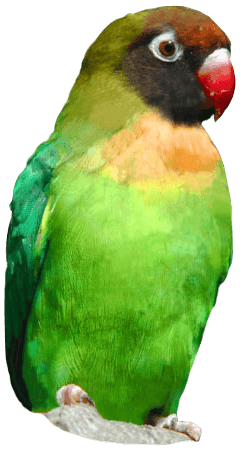
The Studbook
You may sometimes wonder how zoos actually acquire animals. For example, our Linne's Two-Toed Sloths, how did Drusillas come to get these marvellous creatures? Do we buy them? Exchange them? What is the actual process behind the acquisition of an animal? Well in short, it's all about a book, called a Studbook.
A Studbook is near enough defined as the most important tool in managing ex situ (off-site conservation) populations of wild animals; ensuring their size, demographic stability and levels of genetic diversity are all collected and continuously updated for a captive population of a certain species (WAZA, 2014). Therefore as a studbook keeper, you must aim to produce husbandry guidelines and offer advice to other zoos on how a certain species should be kept - plus also being responsible for co-ordinating the movement of species and breeding programmes. Zoo manager, Sue Woodgate, used to be the ESB (European Studbook) keeper for Rockhopper penguins and Capybaras in European collections for all zoos and as such, oversaw the management for these particular species.
It must be pointed out that not all species have a studbook (for various reasons), but by and large animal movement and welfare is centred around this system. There is NO money involved in transfers and all zoos work collectively to further conservation programmes and to prevent and protect our species through this well managed system. The studbook is the key to understanding how cooperative captive breeding programmes can work. If endangered species are to be successfully maintained then these relatively small populations must be managed with extreme care (BIAZA, 2014).
(WAZA, 2014) - http://www.waza.org/en/site/conservation/international-studbooks
(BIAZA, 2014) - http://www.biaza.org.uk/members_home/http://www.biaza.org.uk/conservation/overview-2/studbooks




